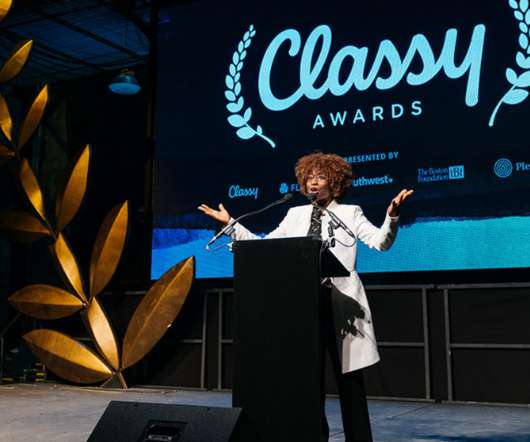Captivology: The Science of Capturing People’s Attention
Beth's Blog: How Nonprofits Can Use Social Media
MARCH 3, 2015
These triggers spark your brain’s attention response by appealing to basic aspects of what makes us human. For empathy, Parr uses the example of the BatKid story from Make-A-Wish Foundation in San Francisco. The triggers are: Automaticity: Uses specific sensory cues like colors, symbols, or sounds to get attention.











Let's personalize your content